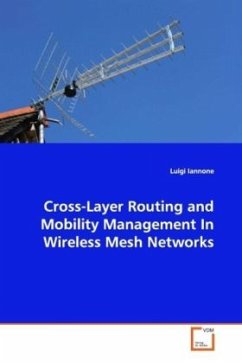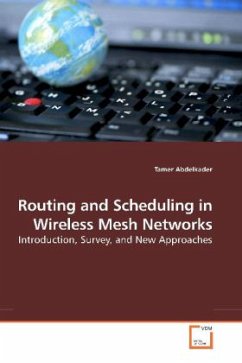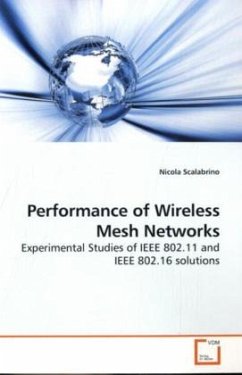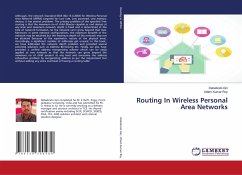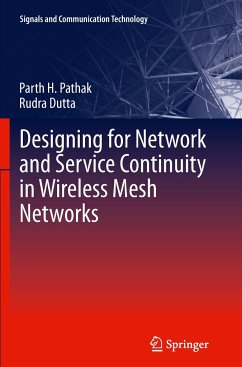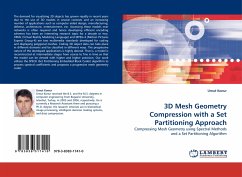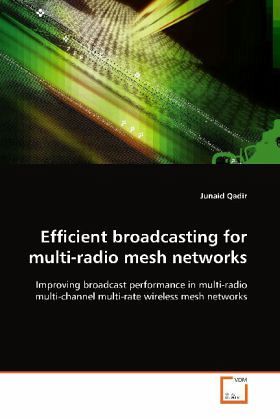
Efficient broadcasting for multi-radio mesh networks
Improving broadcast performance in multi-radio multi-channel multi-rate wireless mesh networks
Versandkostenfrei!
Versandfertig in 6-10 Tagen
53,99 €
inkl. MwSt.

PAYBACK Punkte
27 °P sammeln!
This book addresses the problem of efficient broadcast in a multi-radio multi-channel multi-ratewireless mesh network (MR2-MC WMN). In such networks,nodes are equipped with multiple radio networkinterface cards, each tuned to an orthogonal channel,that can dynamically adjust transmission rate bychoosing a modulation scheme appropriate for thechannel conditions. The specific problem this bookaddresses is called the`minimum-latency-broadcasting'' (MLB) problem in whichthe goal is to minimize broadcast latency , definedas the maximum delay between a packet s network-widebroadcast at the source an...
This book addresses the problem of efficient
broadcast in a multi-radio multi-channel multi-rate
wireless mesh network (MR2-MC WMN). In such networks,
nodes are equipped with multiple radio network
interface cards, each tuned to an orthogonal channel,
that can dynamically adjust transmission rate by
choosing a modulation scheme appropriate for the
channel conditions. The specific problem this book
addresses is called the
`minimum-latency-broadcasting'' (MLB) problem in which
the goal is to minimize broadcast latency , defined
as the maximum delay between a packet s network-wide
broadcast at the source and its eventual reception at
all network nodes. Many broadcast-based applications
of WMNs have strict latency requirements: e.g., IPTV,
audio conferencing, video-feeds, multi-player games;
these and other latency-sensitive WMN applications
can benefit from the algorithms proposed in this
book. Important insights are also presented for
designers of routing protocols for multi-radio
multi-rate wireless networks.
broadcast in a multi-radio multi-channel multi-rate
wireless mesh network (MR2-MC WMN). In such networks,
nodes are equipped with multiple radio network
interface cards, each tuned to an orthogonal channel,
that can dynamically adjust transmission rate by
choosing a modulation scheme appropriate for the
channel conditions. The specific problem this book
addresses is called the
`minimum-latency-broadcasting'' (MLB) problem in which
the goal is to minimize broadcast latency , defined
as the maximum delay between a packet s network-wide
broadcast at the source and its eventual reception at
all network nodes. Many broadcast-based applications
of WMNs have strict latency requirements: e.g., IPTV,
audio conferencing, video-feeds, multi-player games;
these and other latency-sensitive WMN applications
can benefit from the algorithms proposed in this
book. Important insights are also presented for
designers of routing protocols for multi-radio
multi-rate wireless networks.





